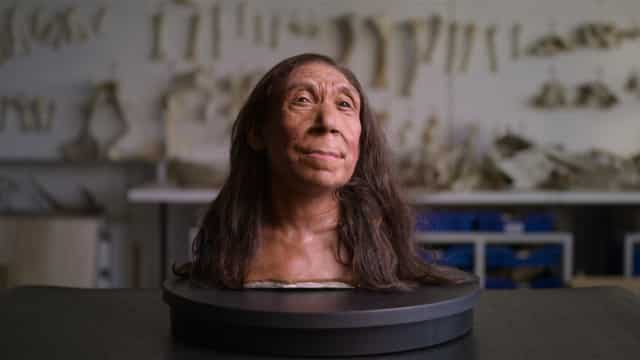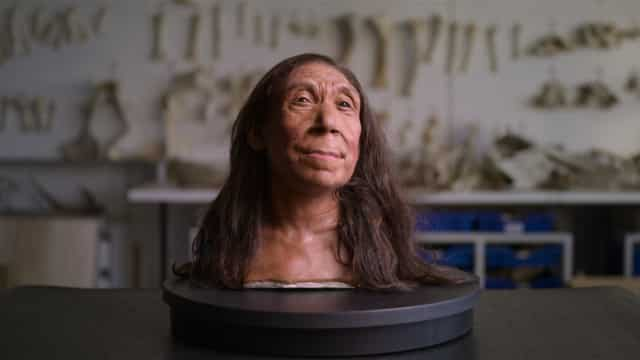Story highlights
Netflix documentary Secrets of the Neanderthals tries to decode who the Neanderthals were and what happened to them
Human beings have long been fascinated with Neanderthals. They are our long-lost ancestors who were wiped out from the face of Earth thousands of years ago. Years of studies have established that they were bigger than humans physically, and probably not as intelligent. Their way of life was also very different from ours. While they survived for hundreds of thousands of years, something killed them all. Scientists are still trying to understand what exactly happened, although several theories keep doing the rounds.
Netflix documentary Secrets of the Neanderthals, released on May 2, tries to answer three main questions about the species – Who were the Neanderthals? What made them successful for so long? Why did they ultimately disappear?
Archaeologist Ralph Solecki’s digs from 1951 to 1960 at the Shanidar caves in Iraq set the stage for Neanderthal discoveries.
How he zeroed in on the site is not clear. But he found 10 Neanderthal skeletons there. From there began the discovery of a fascinating world and the surprising traits the Neanderthals might have had.

Were Neanderthals spiritual?
The documentary later moves to Zagreb, Croatia, where archaeologists found only fragments of Neanderthal skeletons and not whole bodies.
This, among several more discoveries, led them to understand that Neanderthals probably indulged in cannibalism. However, why they ate each other is open to interpretation, with spiritual reasons being cited as a probable factor. The documentary shows how they might have been eating each other to keep a part of the deceased alive or take on a quality of the dead.
In fact, the documentary explores the idea that Neanderthals had some kind of religious and spiritual beliefs.
This idea got a boost after the discovery of Shanidar 4, also known as the Flower Burial. Shanidar 4 died 75,000 years ago and what is fascinating is that the site of the skeleton had pieces of flowers and twigs. This threw open the theory that Neanderthals likely had a way to honour their dead.
Start of religion?
This belief is further strengthened when what was discovered in a cave in Burniquel, France, is revealed. An arduous journey leads the archaeologists inside the cave where they discover unnatural circular formations made using stalactites and stalagmites. They even find a hearth that might have been used to light fires.
So what were these circular formations?
Dr Sophie Verheyden, a geologist at the Royal Belgian Institute of Natural Sciences, links them to Native Americans for whom such circles meant a connection with a higher spirit.
Was this the start of religion?

Was Shanidar cave a burial ground?
At Shanidar, archaeologists recently found remains of another Neanderthal, leading them to wonder if the cave was being used as a burial ground by the species.
The skeleton was placed in a certain way near a vertical piece of stone, indicating a markup point for burials and certain traditions or rituals.
Where did Neanderthals disappear?
The documentary moves to the Mediterranean, specifically Gibraltar, where a row of caves exists that was inhabited by the Neanderthals till as recently as 40,000 years ago.
This was a place where Neanderthals flourished for many years and set up a life for themselves. But the first signs of their decline were seen here and spread across the planet soon.
Interestingly, climate change played a major role in killing them. The impact of the last Ice Age was devastating for Neanderthals.
As per Dr Clive Finlayson, Director, of Gibraltar National Museum, trees dried up, rendering ambush areas to kill animals scarce, and so they started starving and their numbers fell.
A Warning!
It seems strange to think that a species that lived for so many years suddenly vanished. Clive points out that their story is a lesson for humans. “We think that we are pinnacles of evolution. That we were better, so we are here and Neanderthals are not. But you can be well adapted to the planet and think are doing so well on Earth, but just beware!”
)
Anamica Singh
Anamica Singh started her career as a sports journalist and then moved on to writing on entertainment, news and lifestyle. She dabbles in copy editing,






